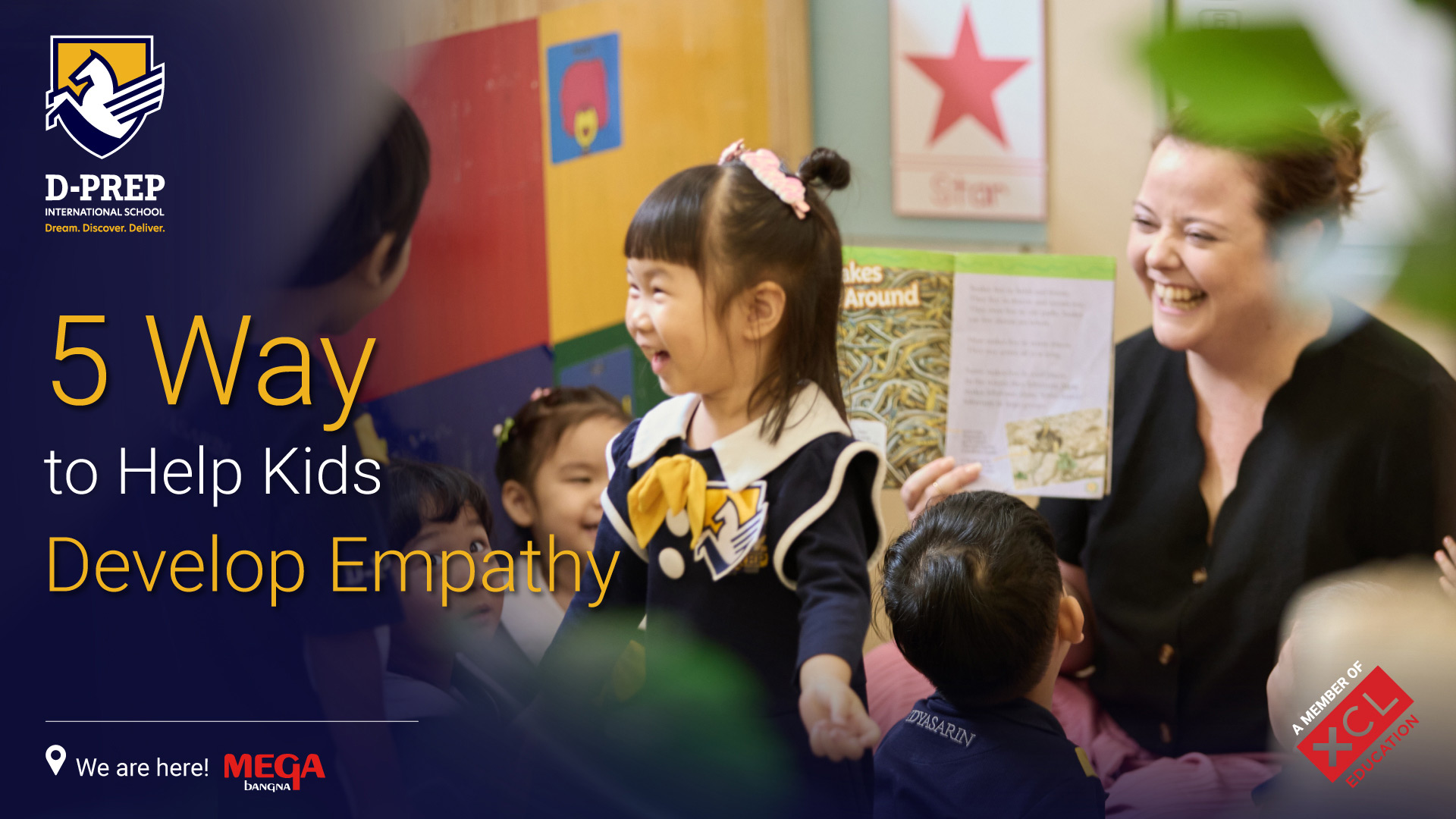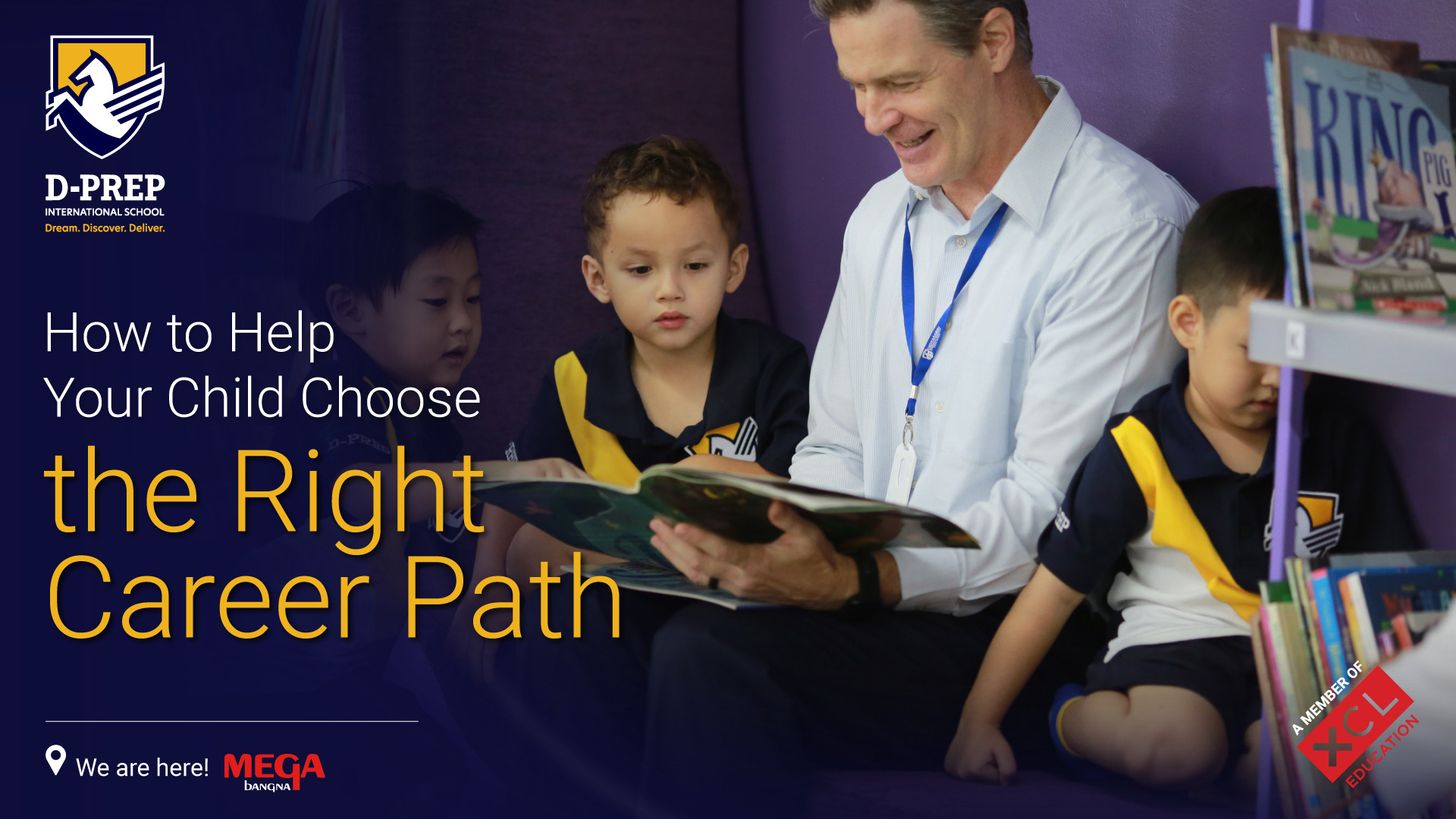With all the conflict that’s happening worldwide, it’s difficult to not feel the pain that others are going through. When we see others suffering and feel deep sympathy for them, that is called empathy. Empathy, coupled with desire and action to alleviate that pain, becomes a powerful value called compassion.

What is compassion?
Compassion is the understanding of another person’s feelings and pain with a desire to act and lessen the pain. When done right, compassion helps us connect with others while promoting emotional intelligence and well-being. Compassion doesn’t have to be just about others. It can also be directed to oneself, especially when faced with challenges that are more than one can handle. Self-compassion means treating yourself kindly the way you would treat a friend in need, and it is a powerful value that affects the way we act toward ourselves and others.
Being compassionate has many benefits including increased happiness, reduced stress, and better social connectedness. Whether you are in a professional setting or with your relatives and loved ones, compassion plays a vital role, and it can even make or break relationships.
Compassion, however, is not something that one can memorize from a textbook. It is a value that has to be learned, internalized, and applied. Fortunately, compassion can be learned and practiced every day like a muscle. The earlier this value is taught to children, the easier it will be for them to apply it, wherever they may be in life.
How does D-PREP teach students to be compassionate?
Teaching compassion is easier said than done. It takes a good role model to show kids what compassion means and looks like in real life. D-PREP International School grade 1 teacher, Ms. Audrey, does a fantastic job of teaching compassion by letting students apply them in class.

“I think we start with compassion on day 1 when we make our classroom rules– when we make our essential agreements, with kindness in mind. And every day from the beginning of the year, we illustrate and talk about how we can be compassionate, how we can be kind to our fellow students, our teachers, and everyone here around us,” she said.
When asked about how her students apply compassion at school, Ms. Audrey shared that her students practice this value every day through simple but compassionate ways.
“Our students show compassion every single day. I see them volunteering to help each other, making sure that their friends are still feeling happy, and when that’s not happening, asking their friends what made them sad and what they can do to make them feel better,” Ms. Audrey said.
For middle school language arts teacher, Mr. Robbie, compassion begins by having an awareness of those around him and identifying how he can help others.

“I do my best to listen to those around me. I think everybody needs to be heard and their wants and their hopes and their fears and listened to. By listening, one can share kindness and share space with someone,” he shared.
When it comes to teaching middle school students to be compassionate, Mr. Robbie reminds them to be aware of the people around them.
“I think one needs awareness of the people around you and the people around the wider community area that are perhaps less fortunate than we are. So as long as I keep reminding the students that the world does not revolve around one individual only, but it includes all of us and that we need to be aware of how we treat the people around us. That’s a good start,” he said.
The concept of compassion can be easier to teach older students, but what about toddlers who have difficulty grasping this intangible value? Kindergarten 2-B teacher, Ms. Morgan, teaches compassion by being a role model herself.

“Students are watching you all the time so making sure that how you are reacting towards yourself and others is a really big thing. It’s also something that we just talk about a lot in class. We use our mood meter to talk about compassion, we read books that are about lots of different things, lots of different characters that are showing compassion.”
“We just finished our UOI unit talking about reducing human impact. We were able to incorporate a lot of compassion within our last UOI unit around being compassionate for the needs of others including plants and animals in our environment,” she shared.
How do students apply compassion at school?
Compassion comes in different forms. For our students, compassion can be practiced anywhere, whether they are inside or outside the four walls of the classroom.

Jayjay, Grade 7
Jayjay is a jolly and confident grade 7 student. Compassion for him is not only about sympathizing with others, but it also means taking empathy a step further and finding ways to help his classmates in need.
“Compassion for me is helping a friend who falls over or drops their stuff. When that happens, I help them get their stuff back or hold it to where they’re going,” Jayjay said.

Proud, Grade 5
Proud is a kind and caring student from grade 5. She practices compassion by being kind and taking action to help her friends.
“I practice compassion by helping my friends if they get injured. I also help out my parents at home,” she said.

Tim, Grade 4
Grade 4 student, Tim, constantly shows compassion by helping those around him. For Tim, compassion can be practiced everywhere, even through simple acts at home.
“Compassion is being kind and helping others. If my friend lost something, I’ll help him find it. At home, I also help around the house,” Tim said.






